Hot weather can cause arthritis symptoms to flare up like a wildfire. Heightened pain may be triggered directly by swelling, or it could be indirectly caused by dehydration. For your clients with rheumatoid or osteoarthritis, it doesn’t much matter because the bottom line is that it’s uncomfortable. Fortunately, there are some tips and exercises that can help ease symptoms and reduce pain.
But first, a quick review of the differences and similarities between rheumatoid arthritis and osteoarthritis. Rheumatoid arthritis is more systemic than osteoarthritis, affecting the whole body and sometimes causing total fatigue. It usually comes with visible swelling. Osteoarthritis, however, can be isolated to a particular joint or region of the body. The affected areas feel uncomfortable, but are not always swollen.
Morning stiffness can last longer for rheumatoid arthritis, but it’s often present for both types of arthritis. It can be a challenge to get moving in the morning, especially if the body is dehydrated or dreading heat. Exercise can be unappealing to an individual with arthritis, but a significant body of research suggests that, along with drinking plenty of water, it’s one of the best natural medicines for stiff joints. Of course, always check with a medical doctor before starting any new exercise program.
Start the Morning Right
Urge clients to keep water by the bed and drink 8 to 16 ounces upon waking. It’ll trigger lubrication of the joints and reduce inflammation. Most of the joints in the body are synovial, which means they have a capsule with fluid in them. Movement is the best way to circulate this natural lubricant and ease discomfort. Recommend that your clients start the day with range-of-motion activities (which can be done while they’re still in bed) to help coax the rest of the body into the day.
Exercises to Coax the Body Out of Bed
Wrist Circles - Make a plus sign by moving the wrists in all four directions (up, down, side, side). Open the palms by extending the fingers five to 10 times.
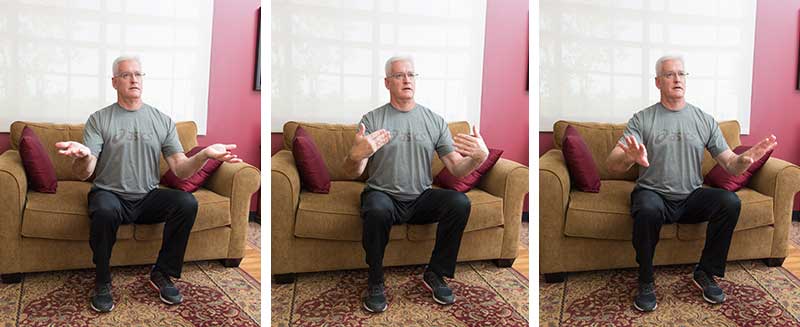
Knee Rolls - While lying on your back, bend knees and roll from side to side until the spine starts to feel more flexible.
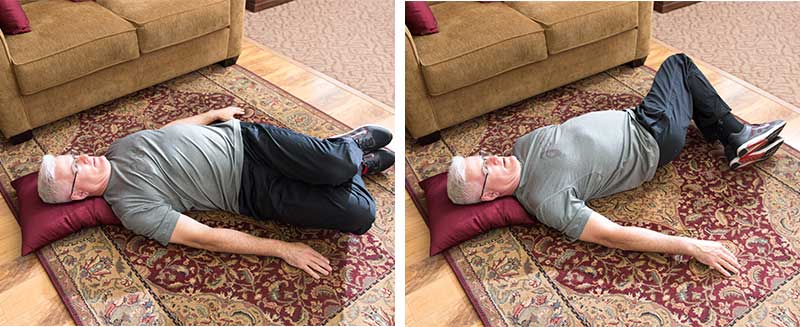
Ankle Rolls - Lift one leg in the air. Circle in both directions, point and flex. Write your name, the alphabet or a positive word for the day.
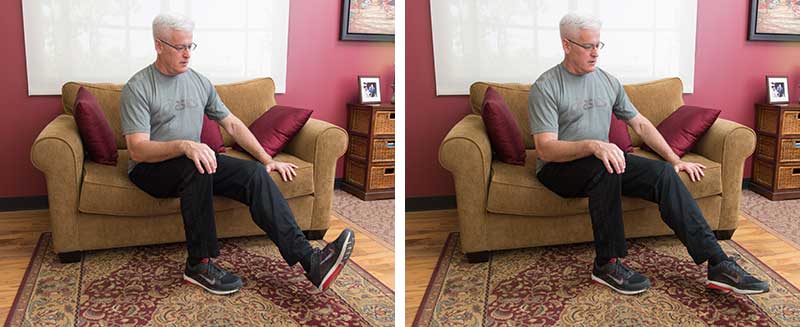
Shoulder Rolls – Sit up and roll the shoulders forward and backward. Bring them up to the ears and down a few times. Take five deep breaths to stretch the chest cavity.
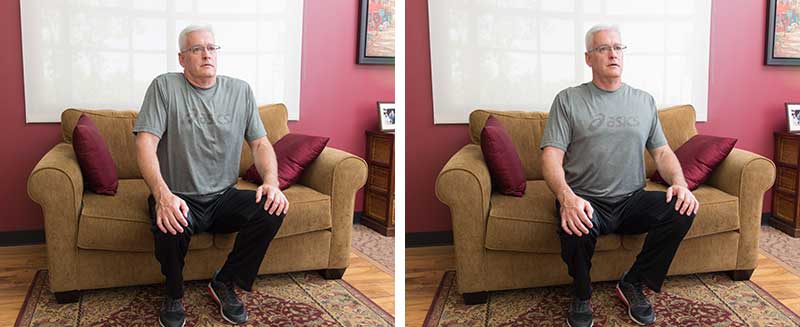
Torso Rotations - Sitting up tall, twist the upper body right and left. Be gentle with the neck, but make sure it’s moving too. Repeat five to 10 times.
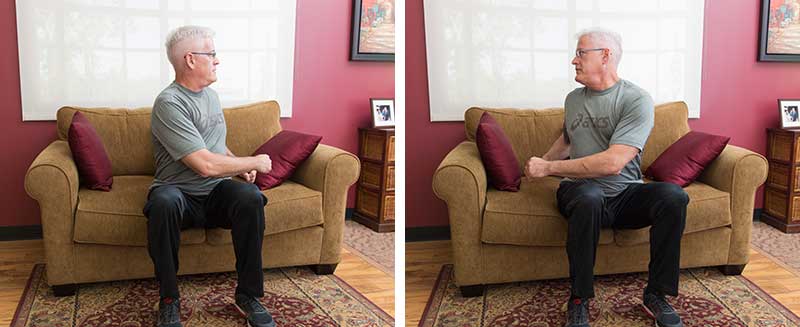
Hip Circles - It’s time to stand up. Take out an imaginary hula-hoop or channel your inner Hawaiian and do a little dance.
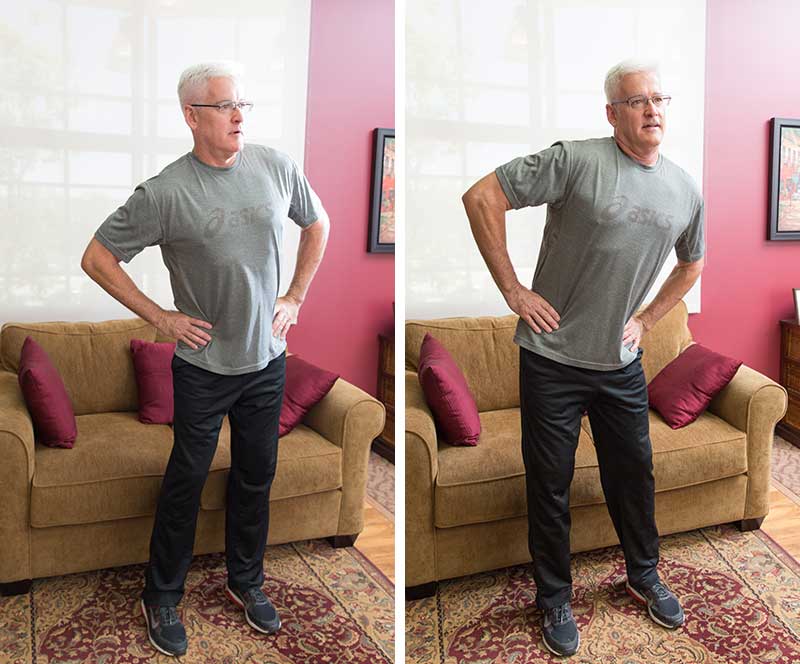
Marching - Get the blood circulating by marching slowly in place for 30 to 60 seconds. Breathe in and out to welcome fresh air and a new day. Sing or hum a favorite tune and make it fun.
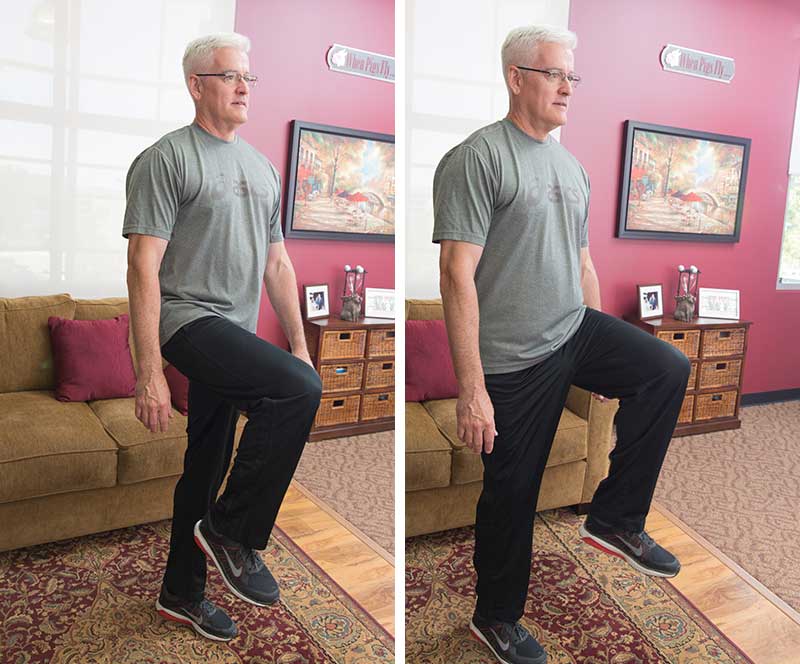
Keep the Momentum Going With a Walk
Now that the body has been coaxed into getting out of bed, keep moving. Get outside for a walk while the temperature is cooler. There might be stiffness initially, but it will decrease once the body starts striding. Research shows that movement reduces symptoms and doesn’t cause any harm, even though it may be uncomfortable. If there are any sharp or stabbing pains in the joints, however, see a medical practitioner for further evaluation.
Three More Choices
If the cooler temperature window of the morning has passed or your clients prefer to exercise in air-conditioning or water, all is not lost. Urge them to find a local class, download a video from the Internet or purchase a DVD to follow at home. With consistency and some guidance from you, the health and fitness professional, your clients can learn the following three exercises and perform them independently at their own pace.
#1 Complement a day of sitting with tai chi.
Tai chi is a standing, moving meditation that combines slow position changes together rhythmically. Tai chi is ideal for arthritis because the joints are moving slowly in various directions. Remember the synovial fluid? It’ll be flowing.
#2 Get off your feet with Feldenkrais.
Feldenkrais is usually performed while lying on a mat or sometimes in a chair, which makes it ideal for those who are unable to exercise while standing. Gentle, slow movements guide the joints through natural ranges of motion.
#3 Feel weightless with water exercise.
Getting the heart pumping while submerged in water feels great when being sweaty is undesirable. Swimming laps provides cardiovascular benefits, while joining an aquatic fitness class that uses water weights improves muscular strength. At the very least, urge clients to try treading water for five to 10 minutes and enjoy the cold liquid that surrounds them.
The Reward
Health is the main benefit, but a shower after morning activity will cool off the skin and feels incredibly good. Consider foods for breakfast like a chilled protein shake, fruit smoothie or green juice. Pairing positive reinforcement with exercise makes it more likely to happen.
If time is a limitation, the health benefits of three 10-minute bouts of physical activity are equal to one 30-minute segment done continuously (which is the recommended minimum of exercise per day). Go for a walk, practice tai chi, visit the company fitness center or find a quiet space to do a short Feldenkrais workout. Set periodic alarms throughout the day to remind you to fit it in.
Use rewards like a fruit smoothie, glass of ice water, lemonade or cold towel on the neck afterward to make it even more chill. The heart, mind and joints will all benefit immensely from the choices you make.




 by
by 






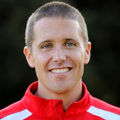 by
by